This section explains some of the more specialized terminology used in the industry to describe mineral and crystal attributes, shapes, and features.
| Section | Description | View | | Crystal Habits & Growth Patterns | Crystal habit is a technical term which describes the actual shape of a crystal. Growth pattern describes how groups of these shapes form together. Some of the descriptive crystal habits and growth patterns include: | View Glossary |
| Mohs Hardness | Hardness is measured by the mohs scale. For each number, an example mineral is given. 1 is the softest (Talc) and 10 is the hardest mineral known to humans (Diamonds). Note that the scale is not linear, it is logarithmic. | View Glossary |
| Luster | Luster describes the surface appearrance of a mineral. This is one of the key diagnostic features of a mineral. | View Glossary |
| Optical Phenomena | Optical phenomena describe distinctive "plays of light" or "color changes" that occur at or near the surface of minerals, that can be described in distinctive terms. | View Glossary |
| Industry Terminology | These are some peculiar terms you might have heard from mineral dealers and collectors and thought huh? What are you talking about? | View Glossary |
| Classification | Some general classifications are used in the collection to differentiate specimens from various domains of science. | View Glossary |
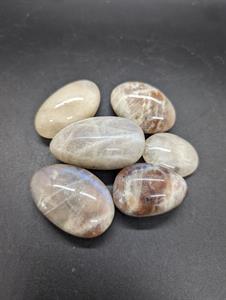 | Adularescent | A moonlight like light white/bluish reflection, commonly associated with moonstone. |
| Asterism | Displaying a star-like shimmer that radiates out from a center point, usually disposing 6 equal narrow rays, such as in the appearance of star sapphire |
 | Aventurescent | A glittery effect just under the surface, commonly associated with sunstone. May also be iridescent, such as in rainbow lattice sunstone. This effect is most frequently found in simulated minerals. |
 | Chatoyant | An appearance of shiny, luminous bands or parallel lines, most frequently associated with the variety of chrysoberyl known as tigers eye or cats eye. |
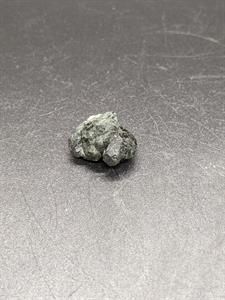 | Color Change | The phenomenon of color change occurs when one mineral appears two different colors depending on whether it is viewed under fluorescent, incandescent, or natural light. Few minerals display this phenomena, but it can be observed on the Chrysoberyl variety of Alexandrite which tends to appear either green or red depending on the incident light. |
 | Fluorescent | Fluorescence is the property of a mineral that causes or to glow brightly under uv light.. This is a relatively cookbook phenomena, but highly beloved and soft after in minerals as it may cause the mineral to glow in nearly every color of the spectrum depending on the mineral, from bright whites to brilliant reds, oranges and yellows, and less commonly, shades of green and light blue, which may be associated with certain rare elements or radioactive elements. The most well known fluorescent mineral is Fluorite, which is aptly named for its exemplary demonstration of this property. |
 | Iridescent | A Rainbow-like multicolored shiny appearance, which may exhibit several parts of, or all of, the visible color spectrum. In most minerals this is a surface effect, which appears as a result of a natural coating of iridescent metallic elements, but it can also be an effect that is artificially produced through a gaseous deposition such as in “aura” quartz and similar materials. It's common that iridescence is highly dependent on the angle of viewing, especially when the iridescence is below the surface. Many minerals, like pyrite and garnet can be found with natural iridescent properties, as well as fossils like ammolite. |
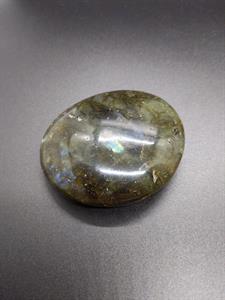 | Labradorescent | Labradorescence, also known as Schiller effect, is a particularly striking prismatic effect, which originates just under the surface, and is highly influenced by angle of lighting and viewing. This effect is most frequently associated with it's namesake, the plagioclase feldspar rock, Labradorite. |
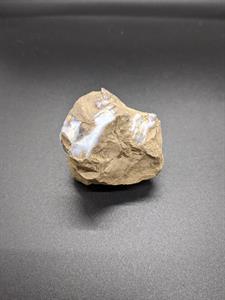 | Opalescent | Opalescent minerals and fossils exhibit qualities of iridescence but tend to show distinct “flash of color” in varying angles which create very fine gem quality effects. Most commonly associated with opals and opalized woods and fossils. |
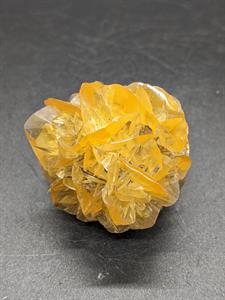 | Phosphorescent | A mineral which glows for a limited time after being exposed to a strong uv light source. This is a familiar effect that is known colloquially as “glow in the dark”, which is strongest in minerals containing radioactive radium or tritium. For many years, radium paint was used for illumination in many public places and on items from signs to watch dials, until it's dangers were better understood. Some forms of calcite are known to show relatively strong phosphorescence. |
 | Pleochroic | A transparent gem or mineral which exhibits a color change based on the orientation of the mineral to the light source. The pleochroism may be strongest on a 90 degree angle or other angle of that light hitting the surface, which can be diagnostic of the mineral type. The Zoisite mineral variety of Tanzanite is associated with this effect, changing from a royal blue to a deep purple color in high quality specimens. |
 | Tenebrescent | A gem or mineral's which has a color change temporarily based on exposure to light. The mineral hackmanite is a good example of this phenomenon. |












